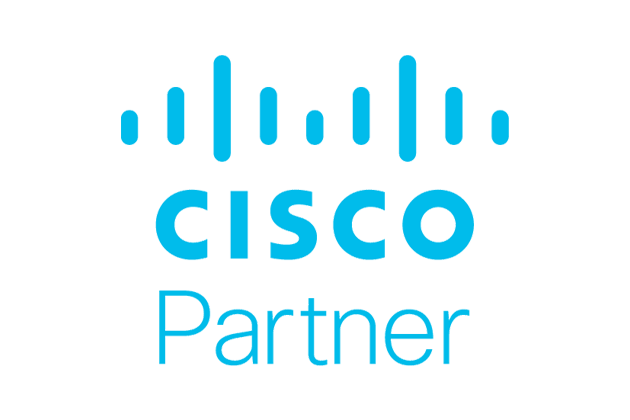AI is already part of the everyday business environment. From automating workflows to boosting insights and enhancing customer experiences, artificial intelligence is reshaping the way businesses operate.
It is important to recognise both the potential of AI as well as the corresponding risks that are developing at a rapid rate. Like any powerful tool, it needs a solid, safe and dependable foundation to really shine.

Understanding how to plan your AI journey effectively is imperative. Cameron Harding, Outcomex Compute and Storage Principal Architect, and Chris Gascoigne, Cisco Principal Solutions Engineer, APJC Cloud and AI Infrastructure graciously shared their wisdom during the 2025’s Top Challenges Impacting Data Centre and Cloud, AI and the Security landscape webinar – focused on helping you avoid common pitfalls and rapidly realise the gains that AI can deliver while avoiding unnecessary costs and maintaining robust security across your environment.
Tips on infrastructure planning:
How to enable seamless adoption of AI capability.
Before diving into models, algorithms, or dashboards, you’ve got to start with the foundations. An AI solution is only as strong as the infrastructure and resources it runs on. Don’t ignore the warning signs that your infrastructure/environment might be holding you back. Cameron explains that there are some tips to progress effectively on your journey to realising modernised infrastructure:
“At the heart of the modernised infrastructure is the agility and the capability for teams to deliver effortlessly to any platform so if there are delays in that sort of request saying that it is difficult to deploy solutions to the right platform then that’s a fair indication that the right resources aren’t in place whether those resources being infrastructure, processes or people.”Chris agrees, explaining that “fundamentally what we want to get from our modernised infrastructure is a consistent architecture and platform that is adaptable and flexible to all of these different workload types and locations…., being able to have that sort of consistency and flexibility across all the different places with all different types of workloads without having the operational costs be multiplied. You don’t want to have every time you bring in a new application type dedicated a new pod, therefore doubling your operations cost….Essentially what we’re trying to achieve with this modernised infrastructure [is] getting that foundational platform right having management and operational tooling that is consistent across all those different environments that is consistent across all those different workload types”
The recently completed “Cisco AI readiness index report” shares multiple AI readiness insights compiled from research across a vast range of organisations globally:
“The low readiness levels when it comes to Infrastructure are worrying, especially as 93% of respondents predict that the workload of their organizations’ infrastructure will increase with the deployment of AI-powered technologies. Meanwhile, 54% acknowledge their infrastructure has limited or moderate scalability and flexibility to accommodate these increasing needs”
To increase your AI infrastructure readiness, it is important to focus on:
- Start cloud-smart, not cloud-only: Leverage hybrid solutions that allow you to process and store data where it makes the most sense, some in the cloud, some on-premises.
- Data hygiene is king: AI thrives on clean, well-organised data. Before launching any AI initiative, ensure your data pipelines are structured, integrated, and accessible.
- Scalability matters: Your infrastructure (and your human resources) should support rapid experimentation and sudden growth. Look for modular architectures with microservices that can scale on demand.
- Don’t forget governance: Build in visibility and control mechanisms early. AI projects need oversight, not just for compliance, but to build trust with stakeholders.


A strong infrastructure isn’t just about tech, it’s about strategy with Outcomex and Cisco. Planning with AI in mind from the get-go saves time, money, and increases your flexible future-proofing capability.
Want to learn how?



